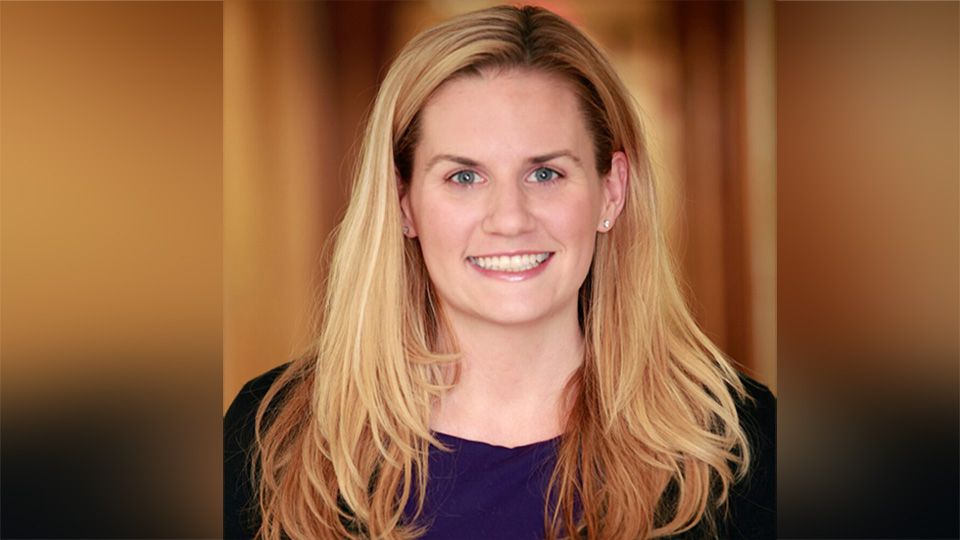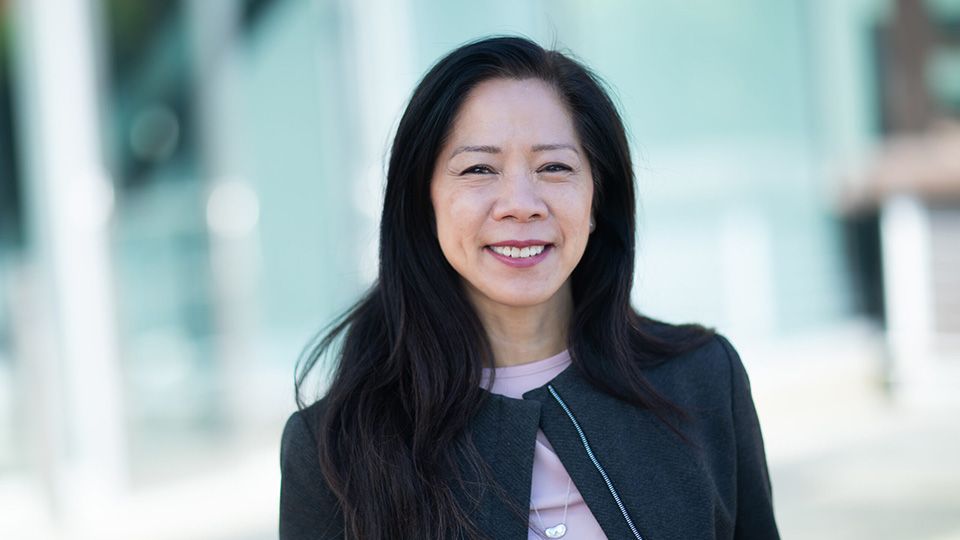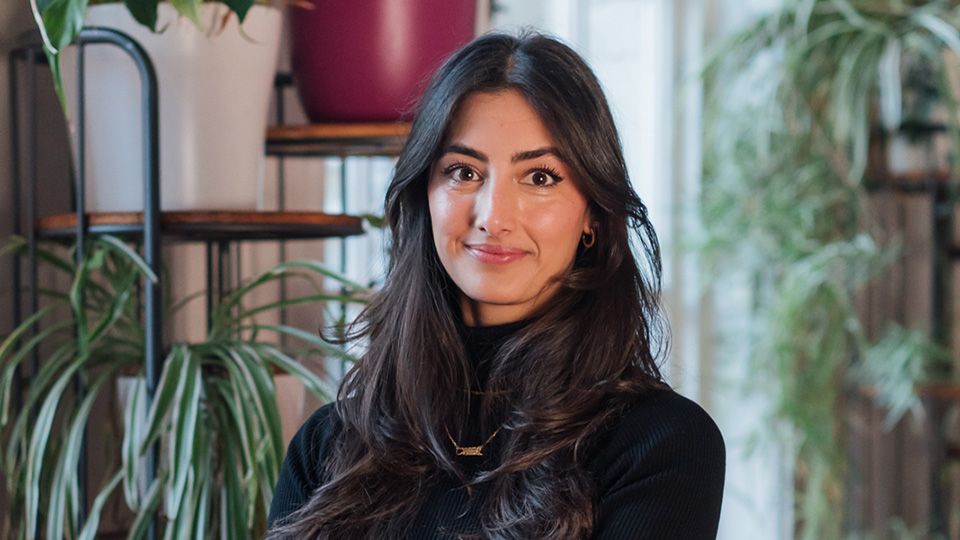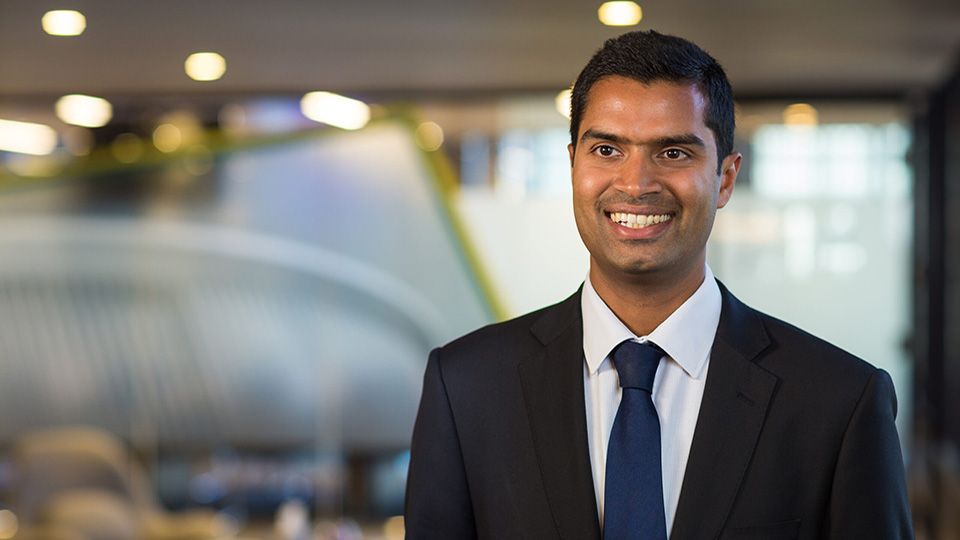The debate around ESG investing in the US has evolved from a debate around fiduciary duty and maximising return, to Wall Street versus Main Street, American Century Investments’ head of sustainable investing Sarah Bratton-Hughes has said.
In a visit to ESG Clarity’s London studio for this Green Dream video interview, New York-based Bratton-Hughes dispelled some myths around the anti-ESG rhetoric in the US highlighting the progress Texas is making in the renewables transition.
Watch the full video interview above and read the transcript below.
NK: Hello and welcome to the Green Dream video interview. I’m joined by Sarah Bratton-Hughes, head of sustainable investing at American Century Investments. Thank you for coming all this way from New York to see us today, great to have you in studio.
SBH: Thank you for having me.
NK: You’ve been at American Century Investments over a year now. What changes have you put into place?
SBH: We’re super excited with the progress we’ve made over the last year. And we have really done this to meet the needs of our clients. The first thing we have done is really employ a top-down, thematic view of the world and our five top down themes – healthcare, the environment, empowerment, sustainable living and technological advancement – feed into our sustainable research and the work the team does into our training for investors, the build-out of our proprietary tools and our stewardship activities. The other area we’re super excited about is our proprietary tools and what the upcoming launch of our new tool S360. That’s going to give us a holistic view of all the companies that we’re investing in.
See also: – The Green Dream video series
NK: Okay, fantastic. And how all of those themes evolved over the past year? How has your conversations with the companies that you’re investing evolved around those themes?
SBH: Those five top-down themes are very broad. Those are 20- to 30-year themes. Underneath that we have sub-themes that we look at from around a 10- to 20-year inflection point.
And then we have trends – actionable items that we think either policy, regulation or consumer demand are going to drive changes over time. We review those trends on an annual basis. We don’t see if we’re right, we don’t see much change in the trends, it’s more of an evolution, some of the trends being combined.
What’s interesting and why we chose to do this is we don’t like to look at things in a ESG silo or vacuum, and many of these trends interact with each other. So, whether it’s the intersection of food and biodiversity, cyber is an area we’ve really been focused on and evolving that to be the intersection of cyber and medical devices and how we’re thinking about all of these issues being interconnected.
NK: Where are you seeing demand in terms of from flows into sustainable products?
SBH: We’ve seen resilience on flows into our sustainable strategies. Just to take a step back, if you look at global fund flows, they’ve still been resilient despite some areas of pushback, particularly the country that I reside in. But sustainable flows have remained resilient.
That has been buoyed by what’s going on over here in Europe. However, what we’ve observed in our US mutual fund ranges is we are still seeing strong flows relative to the rest of the market, and our American Century sustainable strategies.
See also: – The ‘Great Resignation’ is an opportunity as well as a risk
NK: How are you have having those conversations with clients about the negativity around sustainable investing in the US? And how do you see that panning out? Do you see the politicians that are so anti-ESG ever coming on board?
SBH: We’ve been somewhat contrarian in our view of what has been going on and transpiring in the US. And what we’ve really seen happen is that the debate around sustainable investing or ESG investing has turned from a debate around fiduciary duty and maximizing return, to a Wall Street versus Main Street debate.
And there’s much of Main Street that feels like they’re being left out of the transition and left out of the conversation. And you’re seeing States come up and really reacting and trying to protect the constituency. We always bring Texas as a state that we talk about a lot in our mind. The E that Texas is an anti is not the environment, they care about the environment the E that they’re anti is exclusion and blanket exclusionary approaches that we’ve seen accelerate over the past few years.
The E that they are for is energy independence. And when you look at Texas and you take the state of Texas on their own, I don’t think people realize how much they are propelling the transition to renewables. If they were a country on their own, they’d be the fifth largest producer of renewable power globally. They’re the US’s largest producer of wind, they’ve overtaken California to be the largest producer of solar, and we’re interestingly hearing from our companies, particularly those that have been offshore rigs for generations, that they have the embedded worker base to really accelerate the transition to offshore wind. So for us, it’s all about how do we ensure the voice of Main Street is being heard and really thinking about the principles of the just transition when we’re engaging in investing in companies, ensuring that no communities and workers are being left behind.
NK: Okay, that’s really interesting. Tell me about the work with Stowers Institute for Medical Research.
SBH: American Century has a really unique ownership structure. Our majority owner is the Stowers Institute of Medical Research. And how did this evolve? Well, later in life, our founders, Jim Stowers and his wife, Virginia, were really reflecting and saying, what are we want our legacy to be?
They were both cancer survivors, so he donated himself out of the vast amount of his wealth and established the Stowers Institute for Medical Research. They are majority owner. Our dividend every year goes to fund foundational medical research, whether that’s diabetes, gene-based diseases and cancer as well. I think what’s really unique is that Jim had the foresight to do this before pledges were in place before people wanted to.
This was the late 1990s and my favourite part of the story, as someone who was born and bred in Boston, is actually somebody told Jim that he couldn’t do this in Kansas City. Kansas City is the heart of America and that if he was going to attract the talent, he would have to do this in either Boston or LA or another large coastal city.
And he said, if I do this right, I will attract the best scientists in the world… we are approaching $2.2bn of our profits going to fund that foundational research. And it’s all in our founders, Jim and Virginia’s legacy.
NK: Wow, that’s amazing. And tell me about what you do personally with something we always end these video interviews on. What do you do personally to contribute to a low-carbon world?
SBH: I’m a New Yorker, so I’m a subway, but most of all, I’m a ferry girl. If you come to New York City, always take the ferry. But the bigger part for me is education. As often as I can around, either careers in sustainable finance, or going to talk to some of the top business schools, or going into my son’s second grade classroom or even last year, in his first grade classroom we did big lessons on biodiversity and the importance of it. For me, education is, is something that we can all do, and we need to bring that education to earlier levels of people’s lives.
NK: Well, that’s fantastic. Well, thank you for sharing all of your research with us. Great to have you here today.
SBH: Thanks so much for having me.









